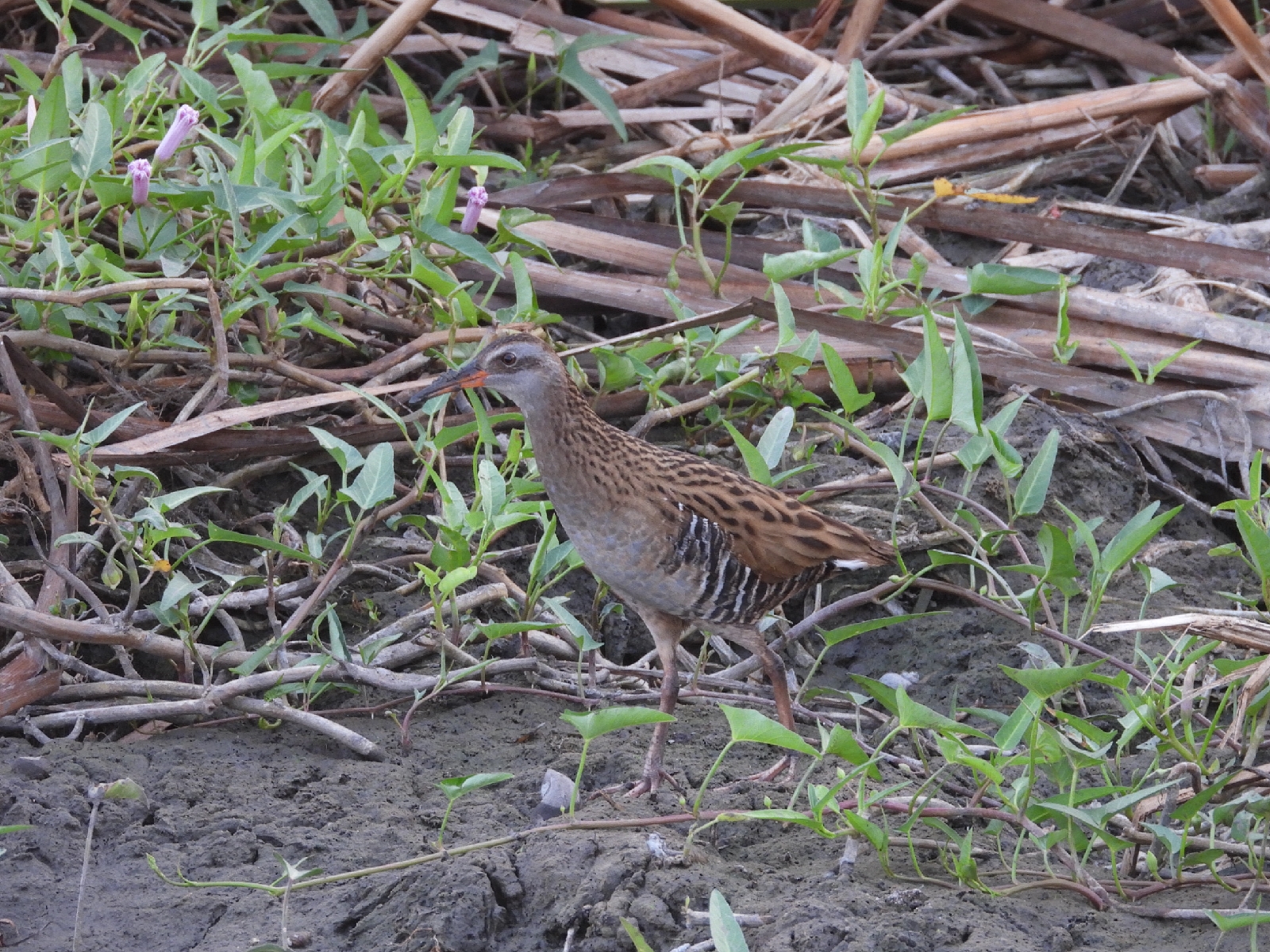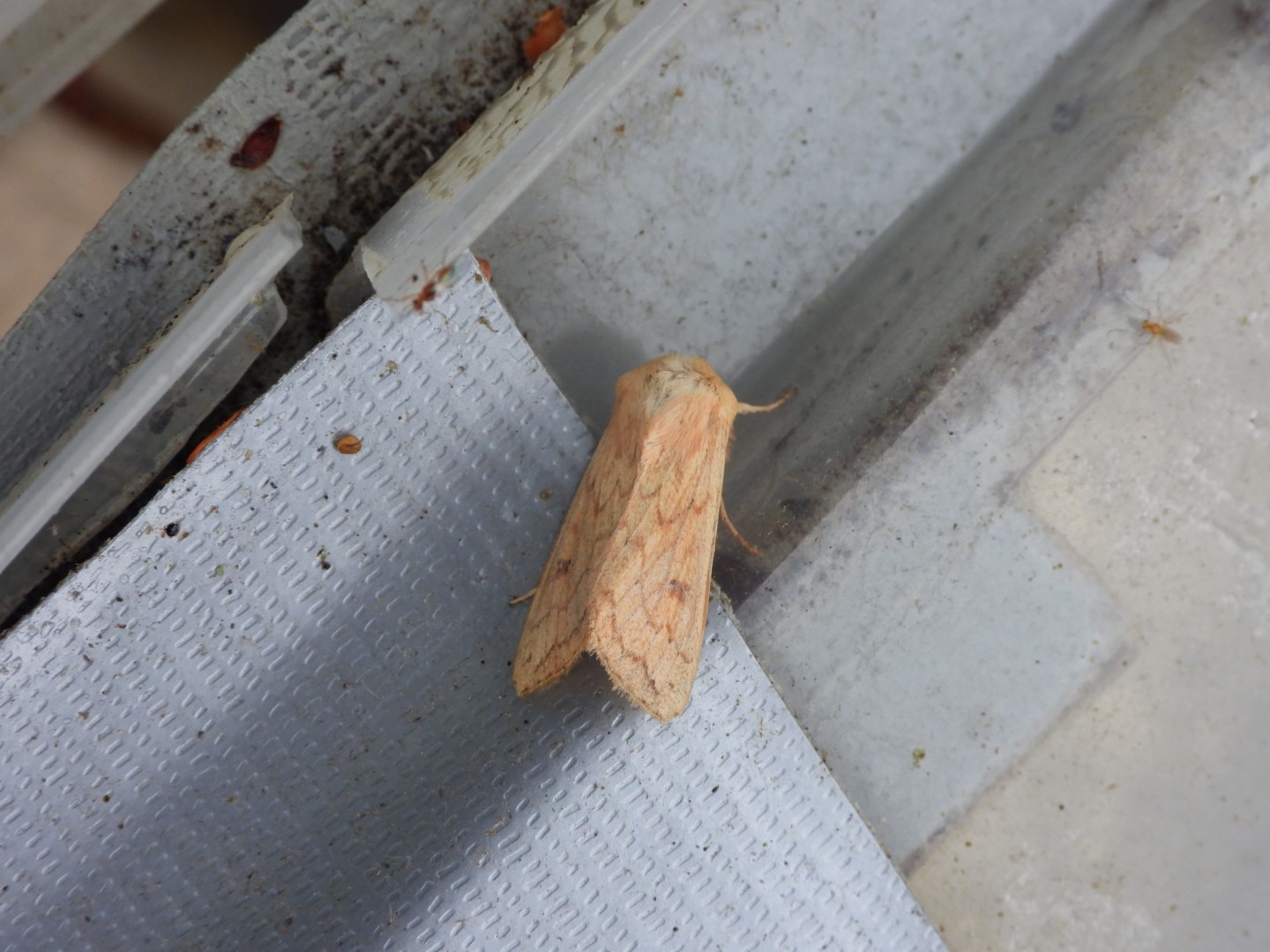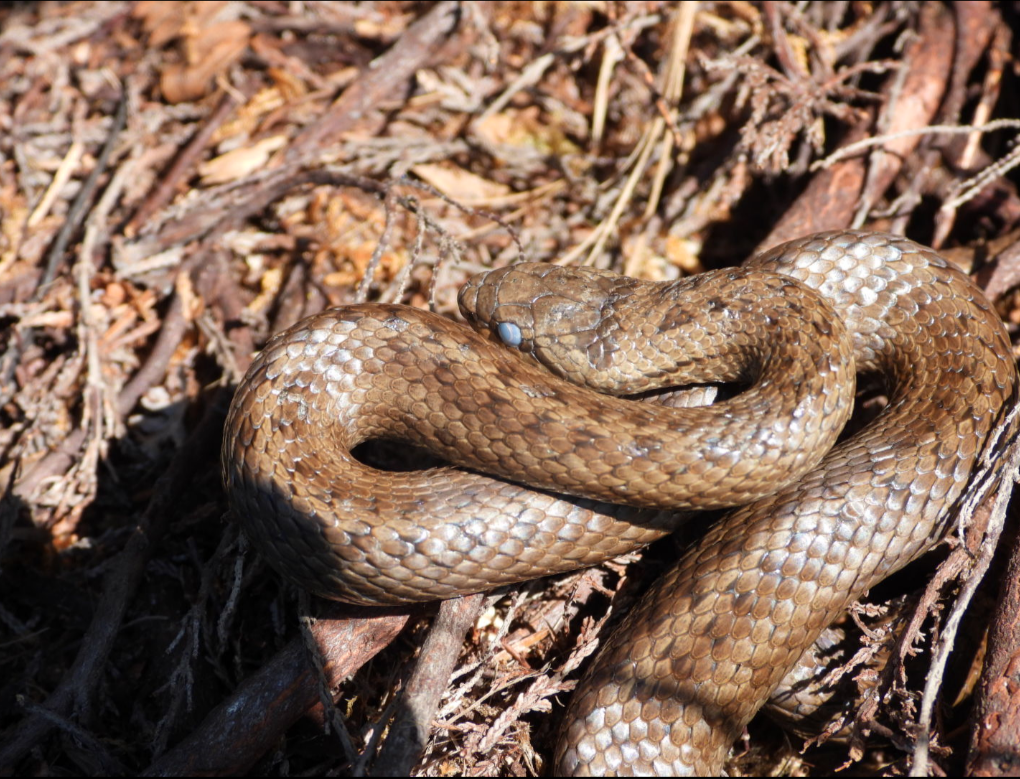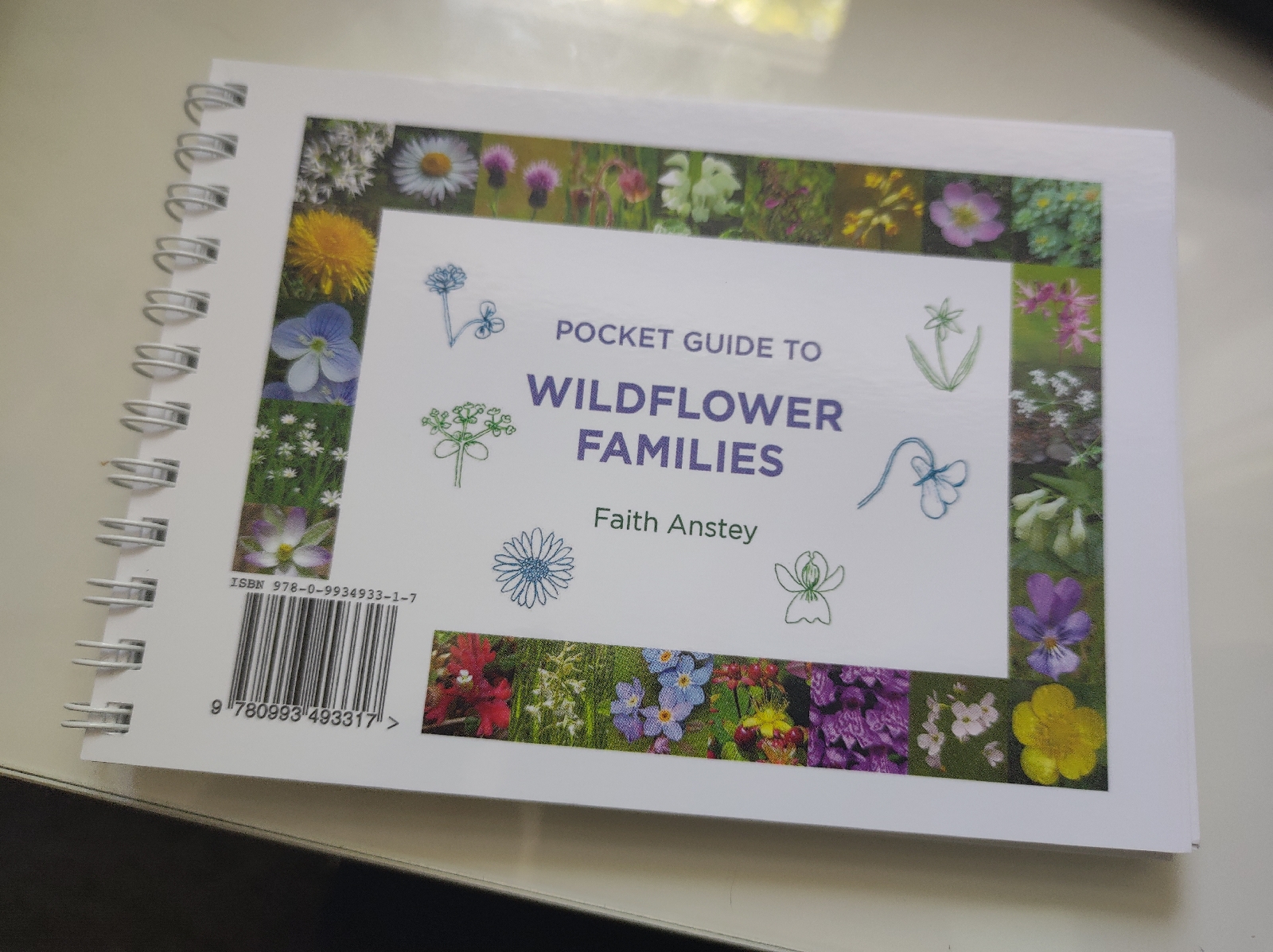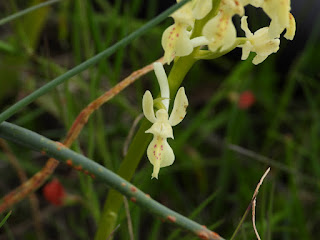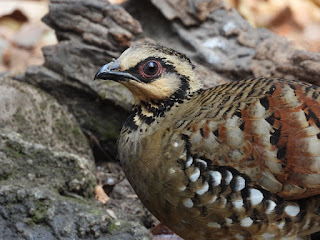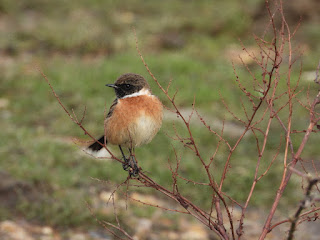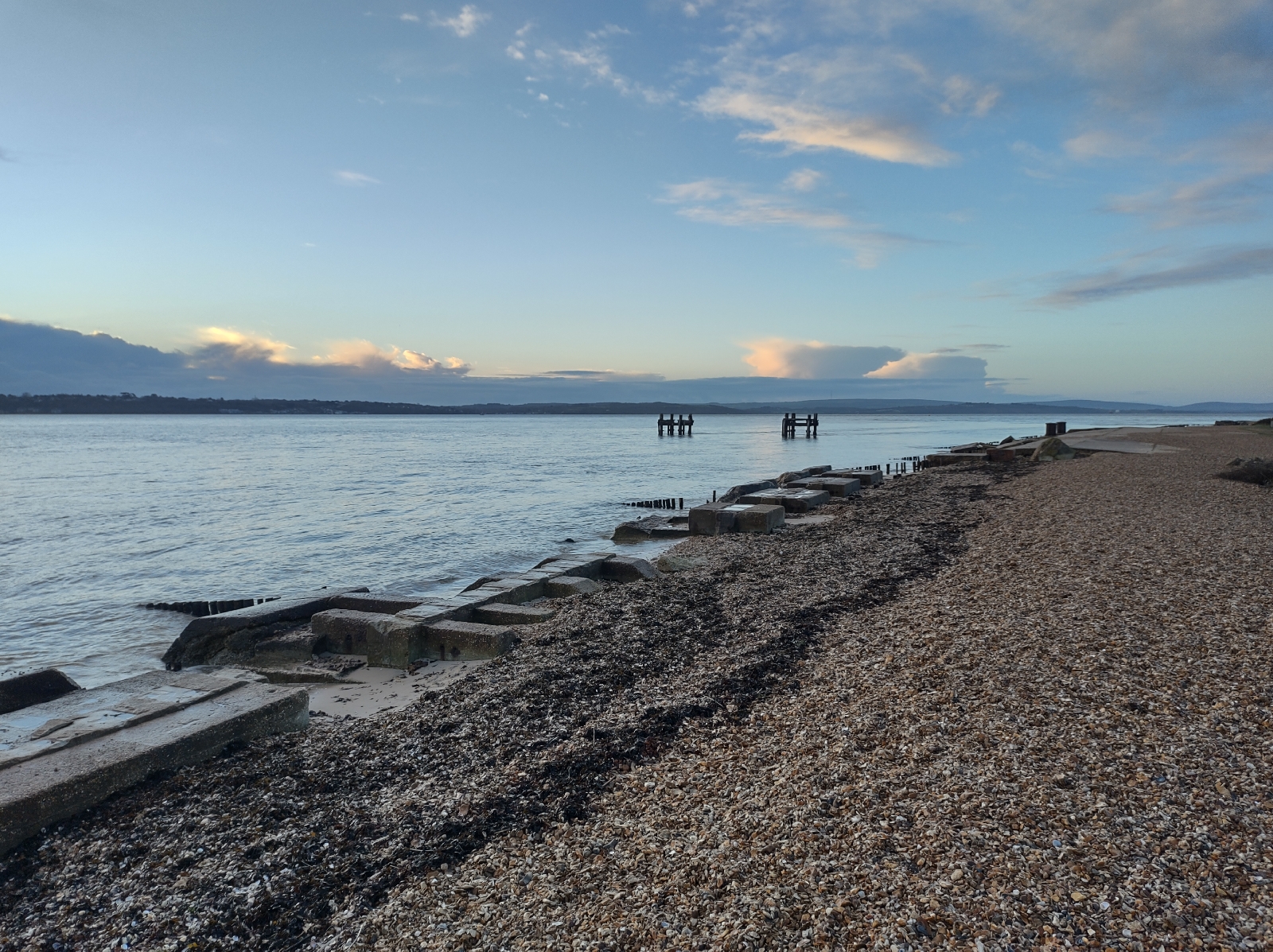The East winds are still keeping the moth traps results pretty low at the moment, but today at least had a bit of quality with 2 new species: Rustic Shoulder Knot (fairly common, but eluding me up until now), and Buttoned Snout (nationally scarce, with me being just on the edge of their range). Other species included Sharp-angled peacock, Brussels lace, Straw Dot, Willow Beauty, Buff Ermine, Flame Shoulder, Ribbon Wave, Pale Tussock, Ringed China Mark, Treble lines, Brown silver line, Heart and dart, Shuttle-shaped Dart, Garden Carpet, and Small Magpie. Rustic Shoulder Knot Buttoned Snout

